First Author
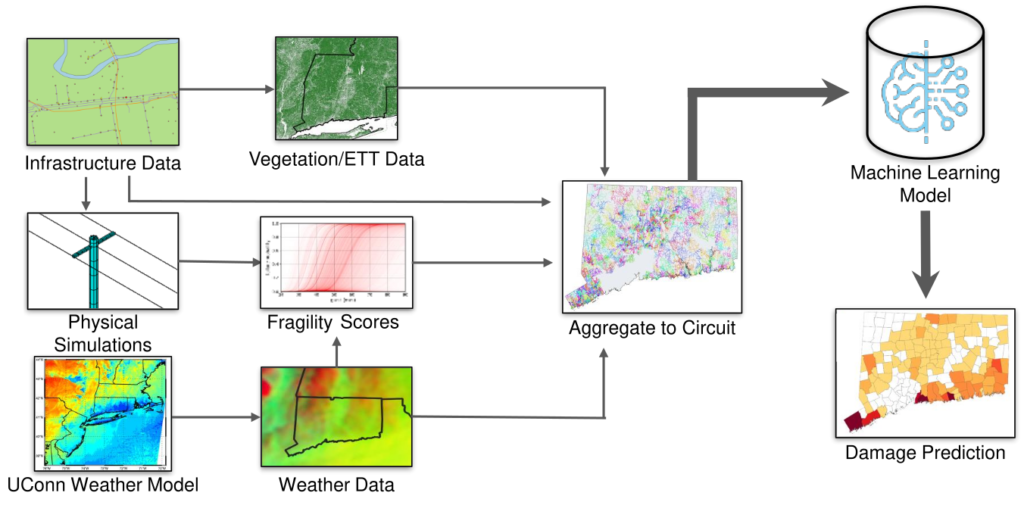
Diagram by Peter Watson et al.
Integrating Structural Vulnerability Analysis and Data-Driven Machine Learning to Evaluate Storm Impacts on The Power Grid
This articles describes of an implementation of a Physics-Informed Machine Learning (PIML) approach to modeling the resilience of power infrastructure for various infrastructural and environmental circumstances. The evaluation is based on real utility data, and involved extensive processing and simulation. This method allows for a detailed evaluation of different configurations of infrastructure so that effective upgrades can be applied to ensure reliable power delivery, no matter the situation. This is closely related to the “Systems and Methods for Infrastructure Resilience Estimation and Assessment” patent, and “Assessment of Grid Hardening Strategies to Improve Power Distribution System Resilience Using a Hybrid Mechanistic-Machine Learning Outage Prediction Model” article described below.
[PATENT] Systems and Methods for Infrastructure Resilience Estimation and Assessment
It generally is very difficult to understand the effects on resilience of upgrades to infrastructural systems even after they applied, especially in respect to hazards like storms. We’ve developed a process that is able to understand and control for different hazards, and is also sensitive to various aspects of the technical aspects of infrastructure. This enables cost-benefit analysis before upgrades are applied so that they can be effective and efficient.
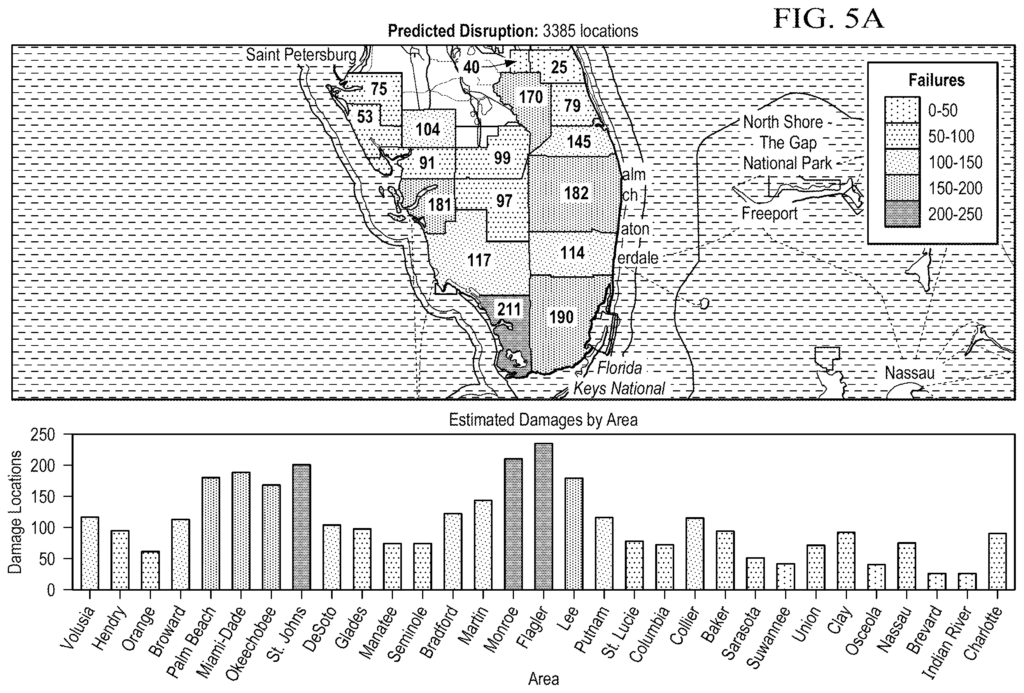
Diagram by Peter Watson et al.
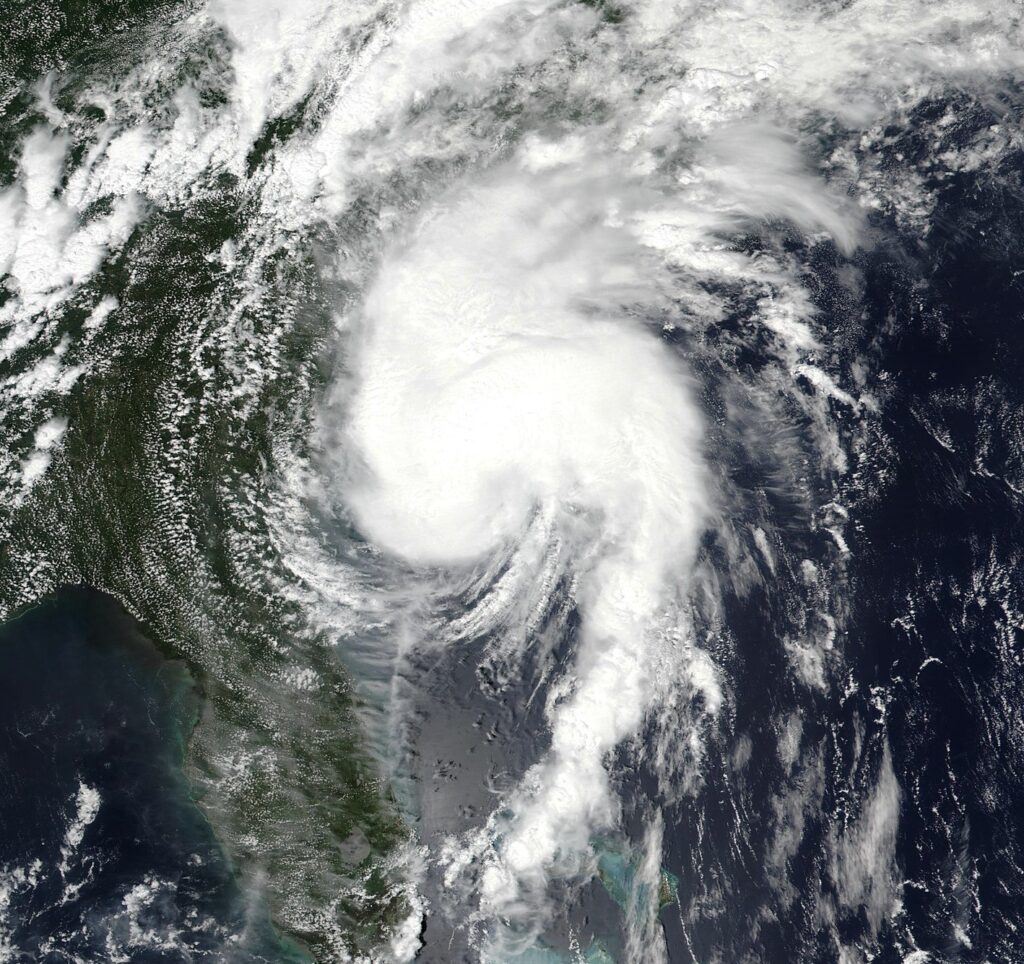
Photo by NASA
Improved Quantitative Prediction of Power Outages caused by Extreme Weather Events
Because machine learning models rely on records of past different events, and extreme events are rare and can be so much more impactful than moderate events, it can be difficult to get ML models to predict the impacts of extreme events accurately. This paper describes process for improving the accuracy of machine-learning weather-related power outage prediction models at the extremes. The results are quite good, and the model’s sensitivities suggest that there are a range of meteorological factors that can make a storm have high impacts.
Influence of the Characteristics of Weather Information in a Thunderstorm-Related Power Outage Prediction System
Thunderstorms are notoriously difficult for meteorologists to predict and simulate. How does this difficulty influence our ability to anticipate the impacts of storms? This paper investigates this by comparing two outage models based on different weather data. We find that even when using high quality weather observations to base outage estimates, the model has limitations. Based on previous literature and an analysis of the weather, it appears this limitation is rooted in the model’s resolution: wind and rain are so chaotic that local conditions are poorly represented in the weather data we used. Further study using higher resolution observations would help us better understand the dynamics of thunderstorm impacts.
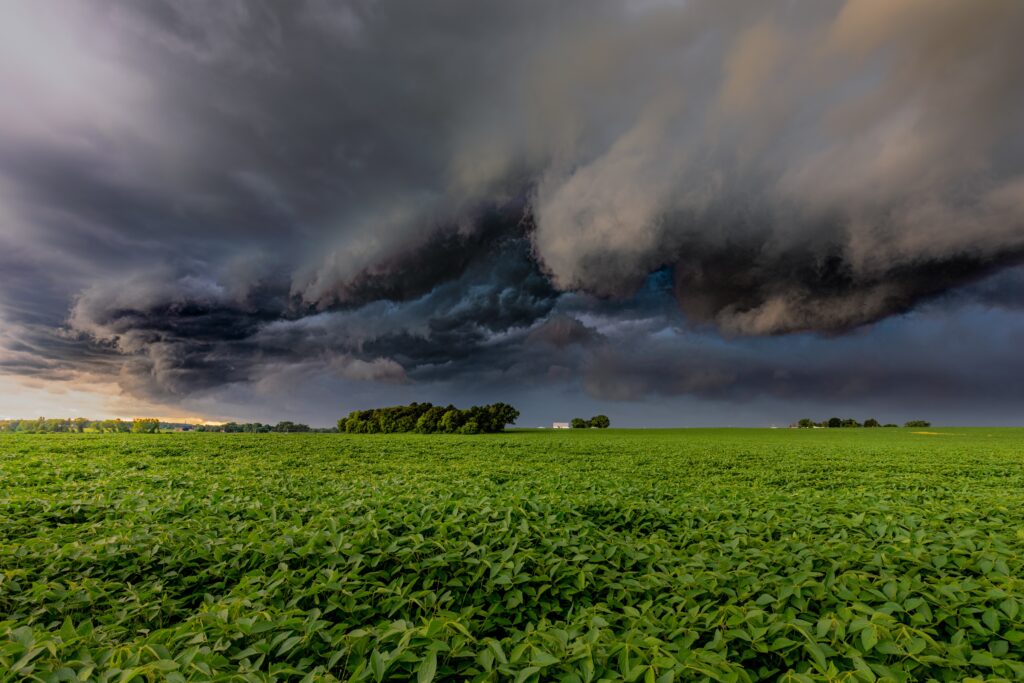
Photo by Dave Hoefler on Unsplash

Diagram by Peter Watson
[PATENT] System and Method for Damage Assessment and Restoration
This is a US patent that describes a method for estimating the impacts of storms and estimate restoration times of affected systems. Because it uses observations, this system could reduce the uncertainty after a storm hits, and allow emergency managers to start making decisions immediately after the weather passes.
Weather-related power outage model with a growing domain: structure, performance, and generalisability
When a model gets used across a large area, it becomes more important to make sure that it is generalisable. There could be some hidden factors or influences that make the model especially accurate, or inaccurate, for in different regions. We investigate this by splitting up the domain of our power outage model various ways using a clustering algorithm and evaluating accuracy. The results suggest that there are specific areas where model accuracy is better than others, separating out different areas to manage biases does not lead to significantly better results overall. As such, the model is pretty generalisable, and we can use data from one region to support predictions in other regions.

Map by Peter Watson
Co-Author
Assessment of Grid Hardening Strategies to Improve Power Distribution System Resilience Using a Hybrid Mechanistic-Machine Learning Outage Prediction Model
This article describes an application of the methods described in “Integrating Structural Vulnerability Analysis and Data-Driven Machine Learning to Evaluate Storm Impacts on The Power Grid” (see above). It evaluates a range of different strategies for upgrading the reliability of the power grid, including undergrounding, utility pole upgrades, and vegetation management. Results show that most of these methods demonstrate some level of diminishing returns. However, some methods seem particularly effective at reducing outages in the most extreme storms.

Figure by William Hughes
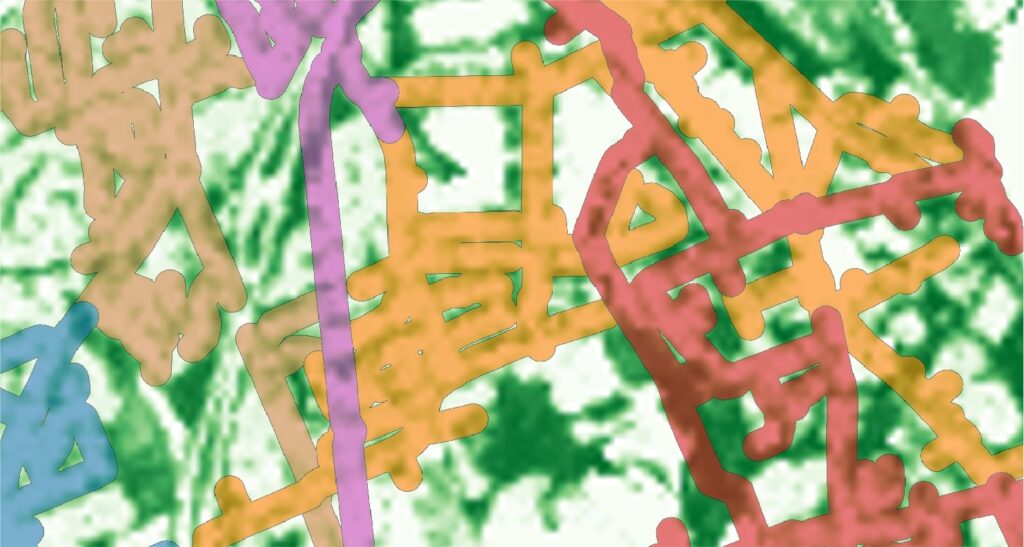
Figure by Peter Watson
Dynamic Modeling of the Effect of Vegetation Management on Weather-Related Power Outages
Vegetation Management (aka tree trimming) is a mainstay for power utilities trying to keep their power grid resilient during storms. However, because it is so expensive and the grid is so large, it is hard to rationalize aggressive tree trimming throughout suburban and rural distribution systems, and the areas with the most outages get the most attention. But it’s hard to know how effective tree trimming is at actually reducing weather-related power outages. Storms tend not to repeat themselves exactly, so comparisons of damage rates before and after tree trimming aren’t very accurate. For better estimates of the effects of vegetation management, we need to use a dynamic model that can control for the differences weather over time. In this paper we do just that by adapting an established power outage model and incorporating tree trimming data as a variable. We show that tree trimming has significant and quantifiable effects on grid resilience. As an added benefit, this dynamic model can be forced with various theoretical scenarios such that cost-benefit analysis of future tree trimming projects can be analyzed.
A Statistical Framework for Evaluating the Effectiveness of Vegetation Management in Reducing Power Outages Caused during Storms in Distribution Networks
One of the most common ways power utilities try to improve the reliability of the power grid in the US is tree trimming (aka ‘vegetation management’). This is because trees and other types of vegetation can be a major contributor to storms damages and power outages. While a utility might spend millions of dollars every year on vegetation management, it’s not clear how effective this is at actually mitigating power outages in major storms, where a reduction in damages is most needed, and tree damages can be severe. In this paper we examine the effects of a more rigorous vegetation management standard on the power grid in major and minor storms. We find significant reductions in the rate of power outages both in moderate and severe storms, while the effects in severe storms are somewhat diminished, likely because of the increased severity of the tree damages, and limitations on how much tree trimming power utilities are allowed to do.

Image By Will O’Taylor

Image by Peter Watson
Dynamic Modeling of Power Outages Caused by Thunderstorms
Outage data from the Outage Management Systems (OMS) of power utilities has problems. Most noticeably, there can be a significant lag between the storm and when some outages are reported. If grouped together by storm, this isn’t an issue, but it is a challenge for more dynamic outage modeling. In this paper we describe a machine-learning approach to hour-by-hour outage prediction using a LSTM neural network. Because this modeling algorithm has a memory, it could have skill anticipating the delayed reporting of outages. This approach has specific applications in the prediction of outages caused by thunderstorms, which would benefit from hour-by-hour predictions.
Enhancing Weather-Related Power Outage Prediction by Event Severity Classification
Getting predictions of extreme events right is difficult, especially with empirical models which rely on records of the past, which are mostly of moderate events. The paper describes a bias correction method to improve the predictions of high impact weather events by using heuristics based on the statistics of the meteorological characteristics of the storm.

Figure by Feifei Yang
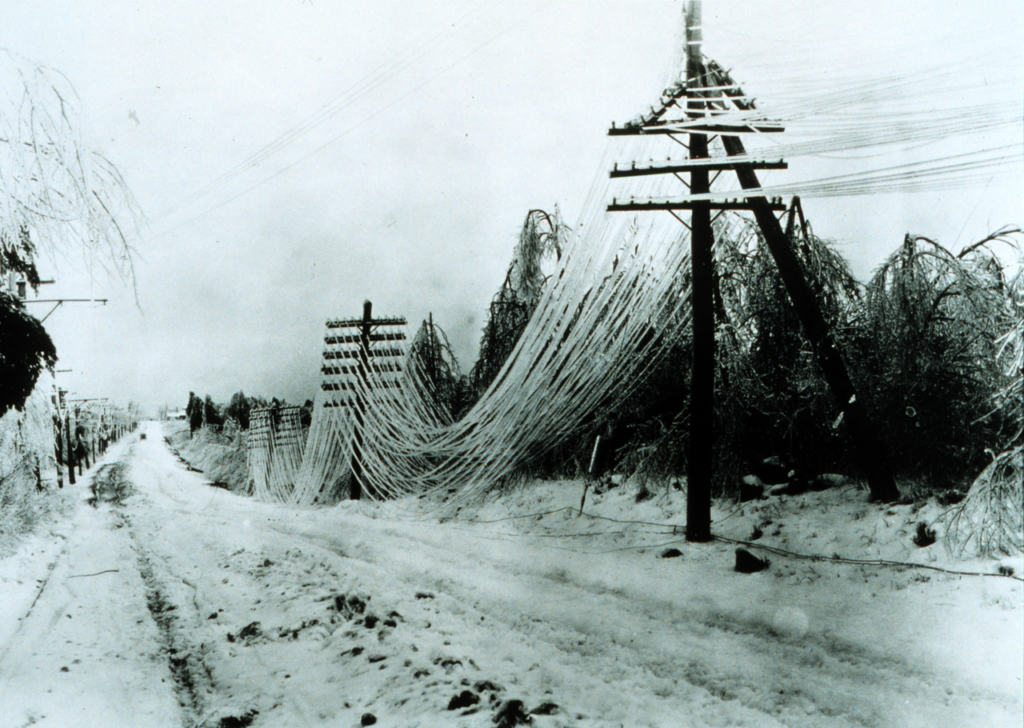
Photo from NOAA Photo Library
Outage Prediction Models for Snow and Ice Storms
Winter storms are messy: both in the sense of what they can do to the roads, but also meteorologically. They can have various levels of snow, ice, and freezing rain. And even the snow can have various characteristics depending on its density. Because the physical behavior of the various types of winter precipitation can be different, so too can their impacts on electrical infrastructure. This paper describes an approach to manage the complexity of winter precipitation types so that we can issue accurate predictions of the impacts that winter storms can have on the power grid.
Assessing the Effects of a Vegetation Management Standard on Distribution Grid Outage Rates
Because so many power outages caused by storms are also related to tree damage, tree trimming is a major component of many power utilities’ efforts to reduce power outages. But this type of vegetation management can be time consuming and expensive. So how effective is it? Do more rigorous standards of tree trimming make a difference? In this paper we use a dynamic weather-related power outage model to control for the differences in storms before and after tree trimming. With this approach we can quantify the effects of new vegetation management standard used in Connecticut.

Photo by Peter Watson
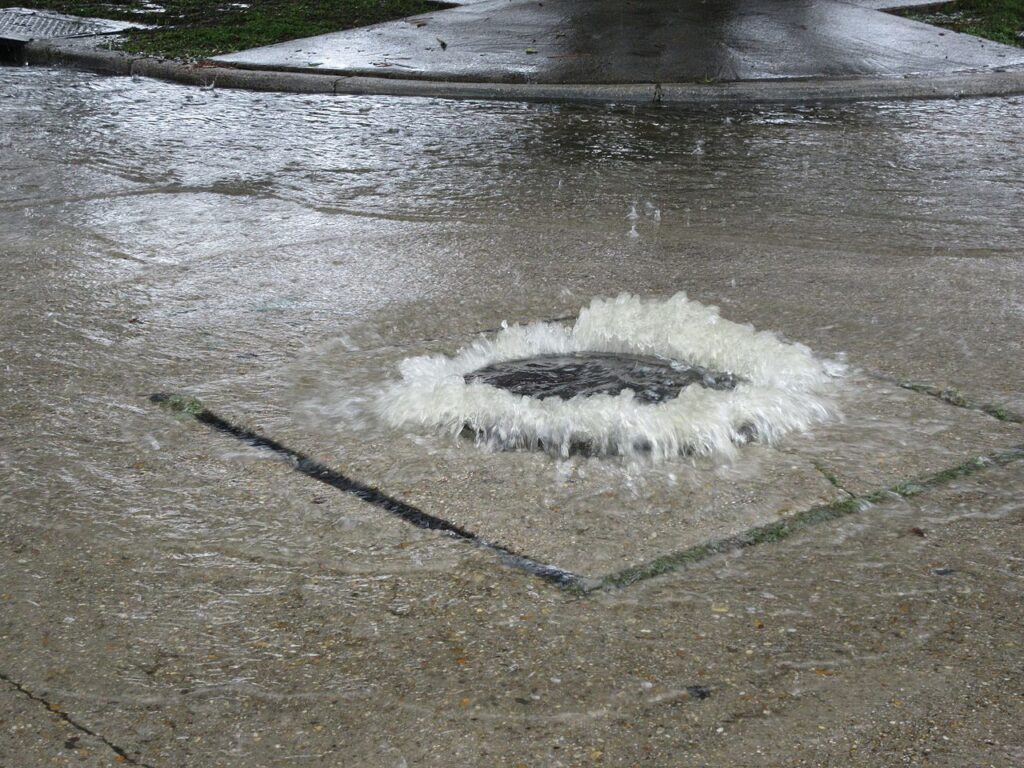
Photo by Infrogmation on Flickr / CC 2.0
Are Wastewater Systems Adapting for Climate Change?
Wastewater collection systems and treatment plants are especially vulnerable to extreme weather and flooding because they are usually in low-lying areas near bodies of water. In recent years, there have been some cases of plants flooding and collection systems backing up into streets and homes. And with the apparent increasing frequency of extreme weather events because of climate change, it is important to know how the managers of these systems were adapting to storms. Using surveys and interviews we investigated the state of wastewater systems in Connecticut, and tried to understand what their managers were concerned about.
Editorial Credits
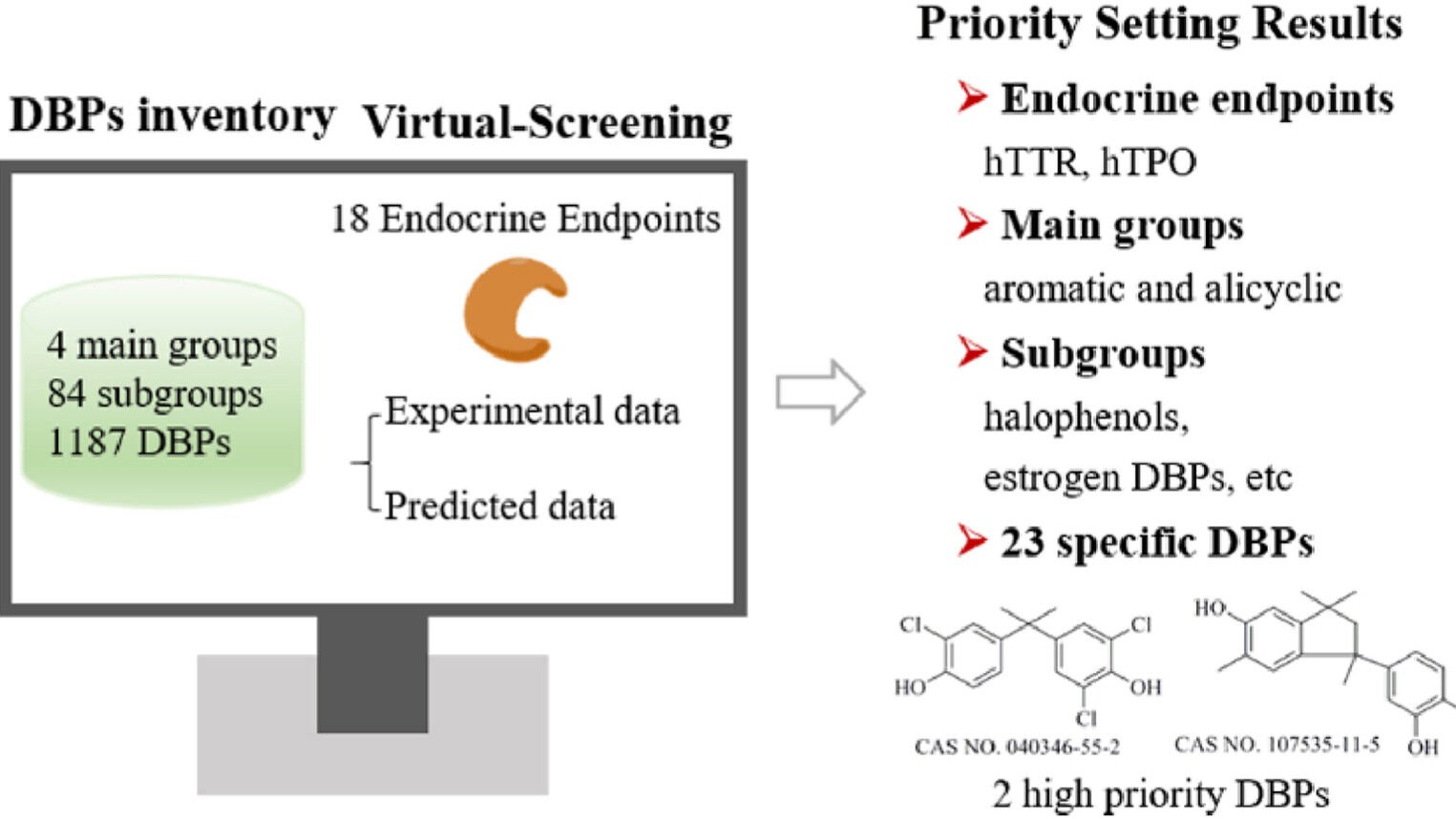
Diagram by Sui et al.
Recognizing High-Priority Disinfection Byproducts Based on Experimental and Predicted Endocrine Disrupting Data: Virtual Screening and in-vitro Study
Disinfectants can generate a large number of potentially toxic byproducts when applied in the water treatment systems found in drinking water and wastewater plants. Because there are a large number of possible by-products and types of toxicity, this is generally an under-studied problem and the associated risks are poorly understood. This papers presents a framework for identifying the disinfection by-products with the highest potential for toxicity and thus the highest priority for further study.
Application of Passive Sampling Device for Exploring the Occurrence, Distribution, and Risk of Pharmaceuticals and Pesticides in Surface Water
Comprehensive sampling of natural waters for contaminants can be very time consuming and labor intensive. This article describes the using passive samplers to measure the concentration of various contaminants, like drugs and pesticides, in watersheds near Nanjing, China. By using passive samplers, the investigators were able to do this cheaply and effectively, and with enough detail to develop an idea of what the sources of contamination are likely to be.

Photo by Junyao Yang
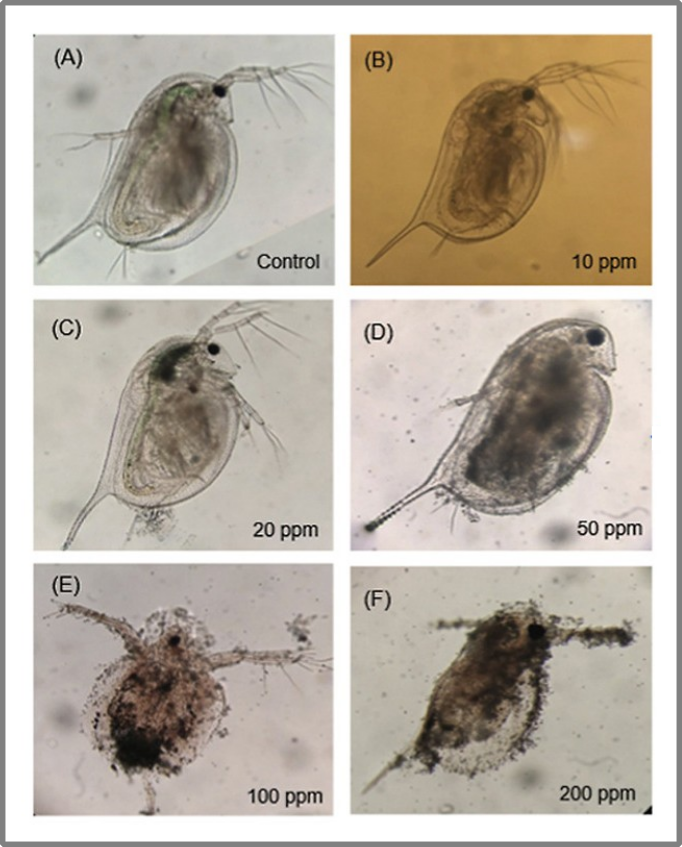
Image by Yin et al
Changes of the Acute and Chronic Toxicity of Three Antimicrobial Agents to Daphnia magna in the Presence/Absence of Micro-polystyrene
Microplastics are becoming an increasing common pollutant in natural waters because of their prevalence in personal care products, their small size, and their chemical stability. It’s unknown how much of an environmental problem this could be. They have the potential to become a compound hazard if mixed with other chemical contaminants mix in natural waters. It could create a situation where those chemicals are more easily absorbed by the animal’s digestive tract. This paper investigates the effects that three different chemicals can have on laboratory Daphnia, with and without the presence of different concentrations of microplastics.
Binding Interactions of Halo-benzoic Acids, Halo-benzenesulfonic Acids and Halo-phenylboronic Acids with Human Transthyretin
Certain chemical pollutants can interact and bind to transthyretin, a transport protein that normally delivers vitamins and thyroid hormone to the liver. By investigating a class of hydrophobic chemicals and their binding affinity to transthyretin, this study is able to develop a binary classification model to determine whether or not a compound will have affinity for transthyretin.
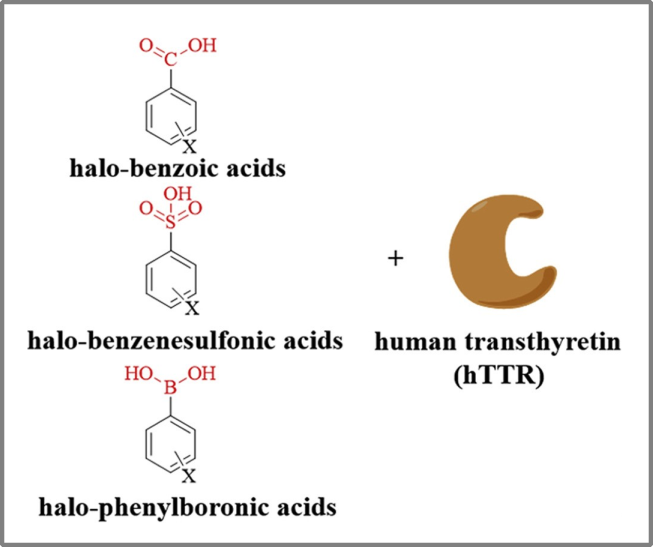
Image by Xin et al
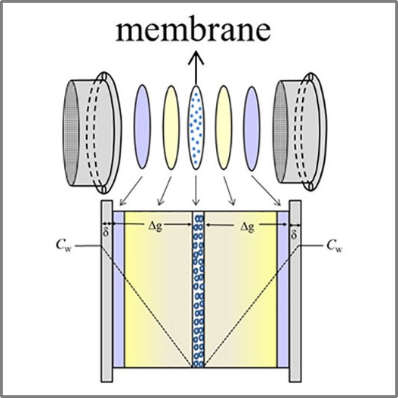
Image by Wei et al
A Cyclodextrin Polymer Membrane-based Passive Sampler for Measuring Triclocarban, Triclosan and Methyl-triclosan in Rivers
A description of and case study using a passive sampler for measuring a certain class of pollutant. It has a passive design, which means it can just be put in the water and collected later: no power or pumping required. The design also allows for accurate sampling even in messy natural waters.
Development of QSAR Model for Predicting the Inclusion Constants of Organic Chemicals with α-cyclodextrin
Because of the number of possible chemical compounds, it can be very laborious to test how they all interact with each other. This paper describes a predictive framework for predicting a chemical’s binding affinity with α-cyclodextrin, a carrier compound that tends to associate with chemicals that would not otherwise normally dissolve easily in water. This property of α-cyclodextrin can be used to deliver some types medicines into the human body, but can also be way that toxic chemicals could become more available to organisms in the environment, so this work as the potential to have both medical and environmental implications.
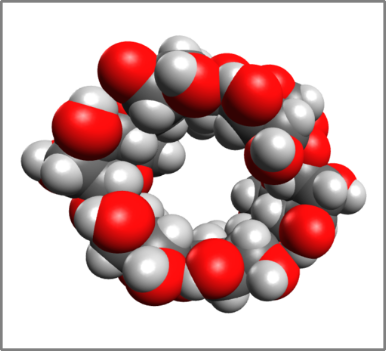
Image by Gladissk / CC BY-SA
For the most up-to-date publications, please see my Google Scholar page
